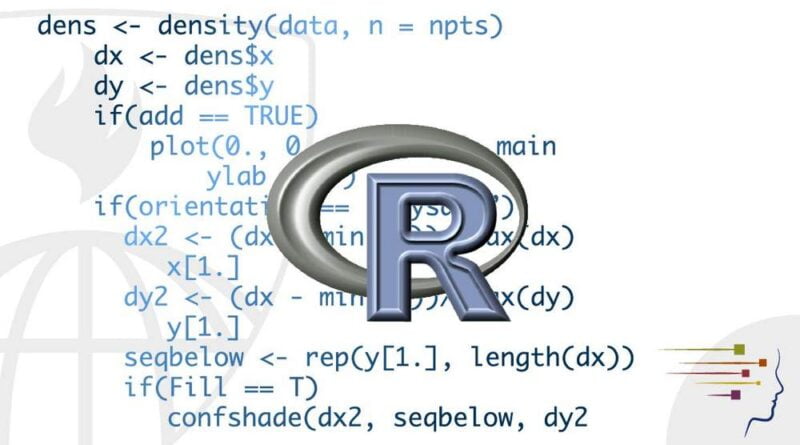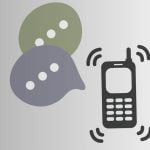About R
R is a programming language which is very useful for statisticians. It is a programming language for statistical computing and graphics that anyone can use to clean, analyze, and graph your data. It is widely used by researchers from diverse disciplines to estimate and display results and by teachers of statistics and research methods. The thing is R is created and developed by its users. Over the years, lots of excellent programmers have made improvements and fixes to the R code. For example, anyone who knows the R language can create an add-on package. Literally thousands of R packages exist, and they were all built by people who wanted to solve specific problems. These packages are super useful for data analysts.
R is based on another programming language named S. In the 1970s, John Chambers created S for internal use at Bell Labs, a famous scientific research facility. In the 1990s, Ross Oaxaca and Robert Gentleman developed R at the University of Auckland, New Zealand. The title R refers to the first names of its two authors and plays on a single- letter tittle of its predecessor S. Since then, R has become a preferred programming language of scientists, statisticians and data analysts around the world. Now R is available for different types of hardware and software. R is available for Windows, Unix systems (such as Linux), and the Mac.
R is;
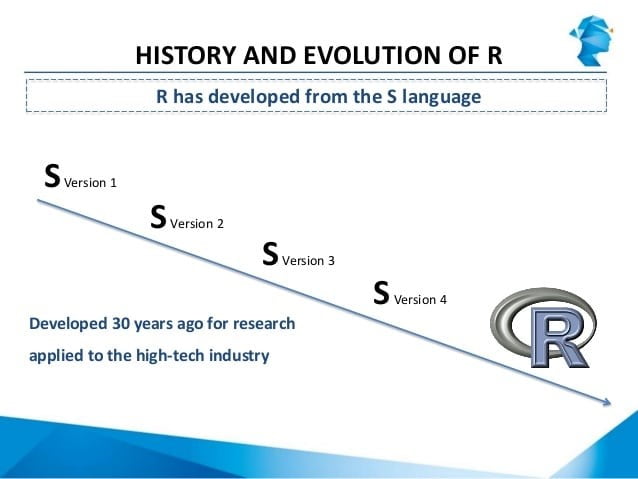
- Accessible
- Data-centric
- Open-source and
- It has an active community of users.
R is an accessible language for beginners. Lots of people without knowledge of traditional programming language learn R. R really appeals to anyone who wants to solve problems that involve data and that’s one of the things that’s so great about R. It’s all about data.
R is known as a data-centric programming language. It’s specifically designed to make data analysis easier, more efficient and more powerful.
Another awesome thing about R is that it’s open source. Open source means that the code is freely available and may be modified and shared by the people who use it. Anyone can use R for free. Anyone can modify the code, fix bugs and improve it.
The R community is vibrant, diverse and accessible. This is so supportive to new learners. Anyone can go online anytime to find answers to all questions related to R from R for Data Science Online Learning Community and RStudio Community.
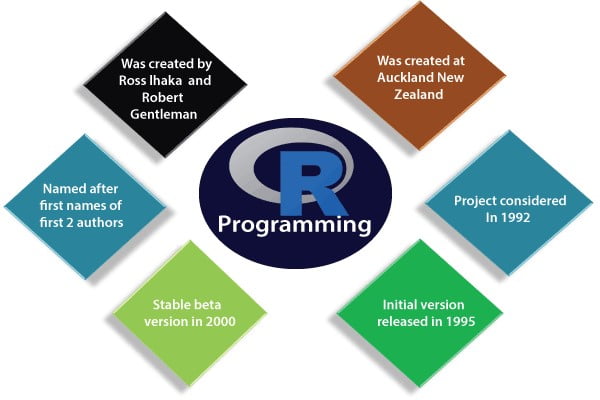
Here’s three scenarios: reproducing analysis, processing lots of data and creating data visualizations. First R can save and reproduce every step of an analysis. In R, reproducing an analysis is easy and one can share it with anyone at any time. Processing lots of data is also something R does really well, just like SQL.
R can handle large amounts of data much more quickly and efficiently. Finally, R can create powerful visuals and has state-of-the-art graphic capabilities. Tools like spreadsheets and Tableau offer lots of options for visualizing the data. But R is on another level, with only a small bit of code, one can create histograms, scatter plots, line plots and so much more. If anyone work with more advanced packages, he/she can make some seriously impressive data visualizations.
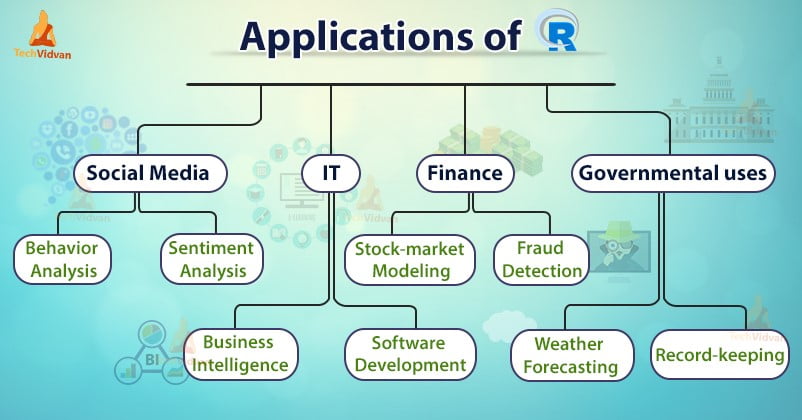
Learning R is a huge benefit to anyone interested in becoming a data analyst. Knowledge of R will help to stand out as a job candidate and help to keep moving forward, R will help to find solutions for more complex data problems and anyone can keep learning about R throughout his career as a data analyst. The sky’s the limit when it comes to developing data analysis skills.
শিক্ষাবর্ষঃ ২০১৯-২০

